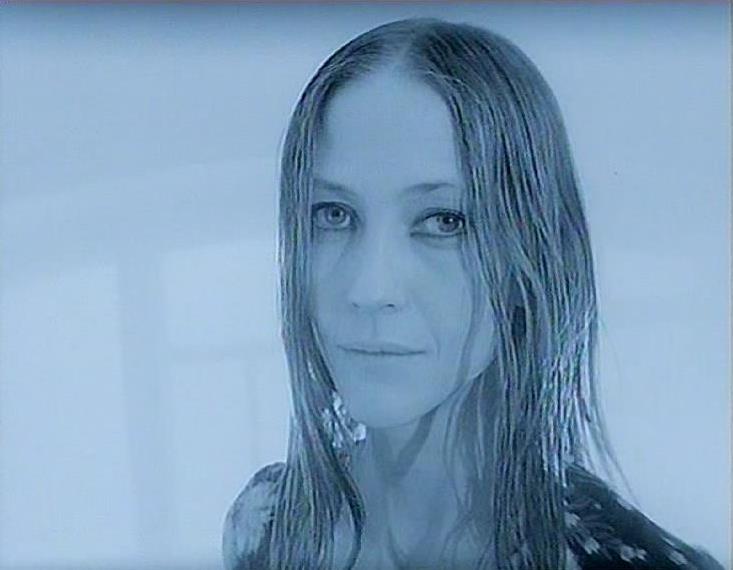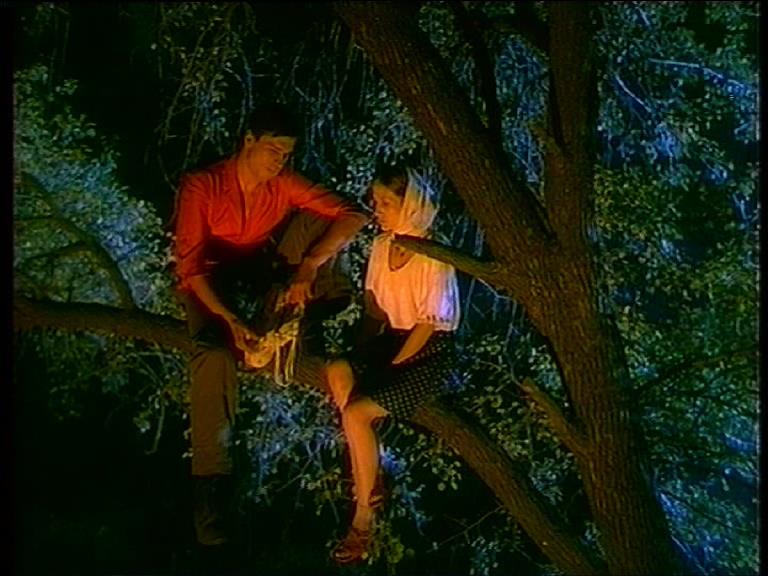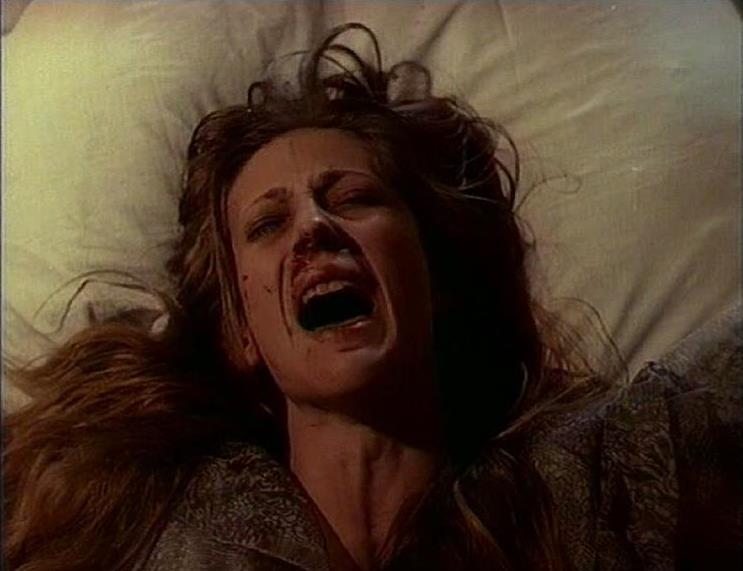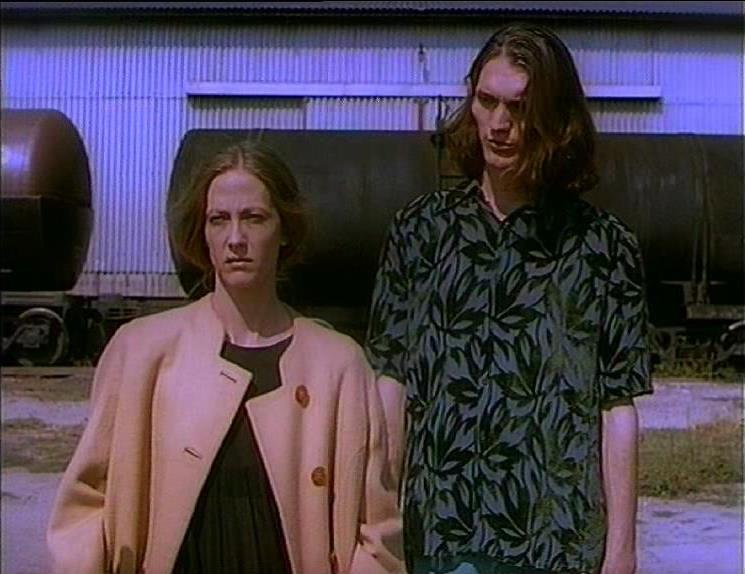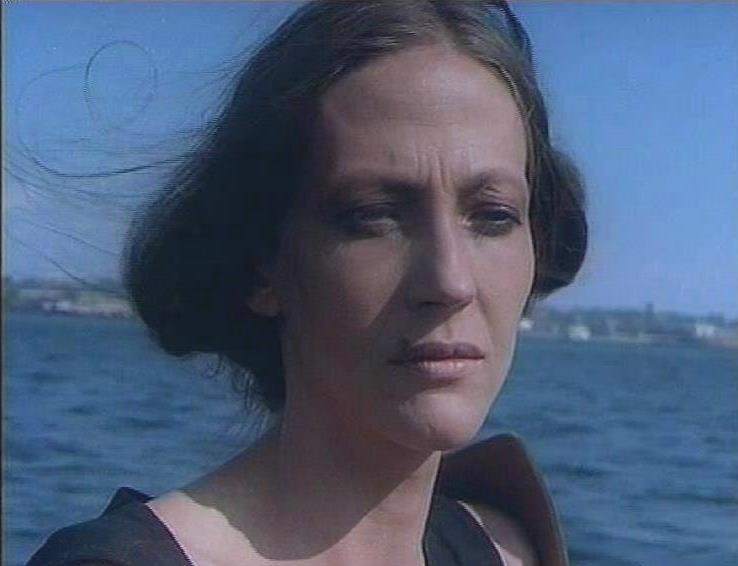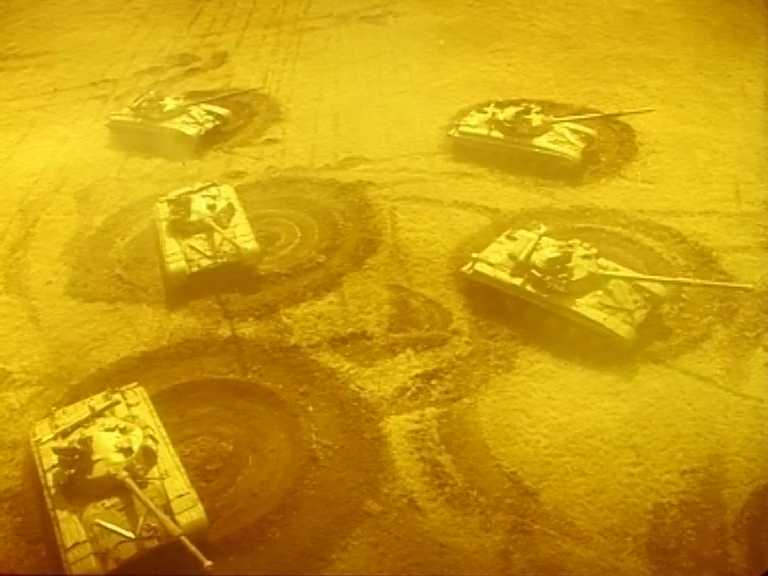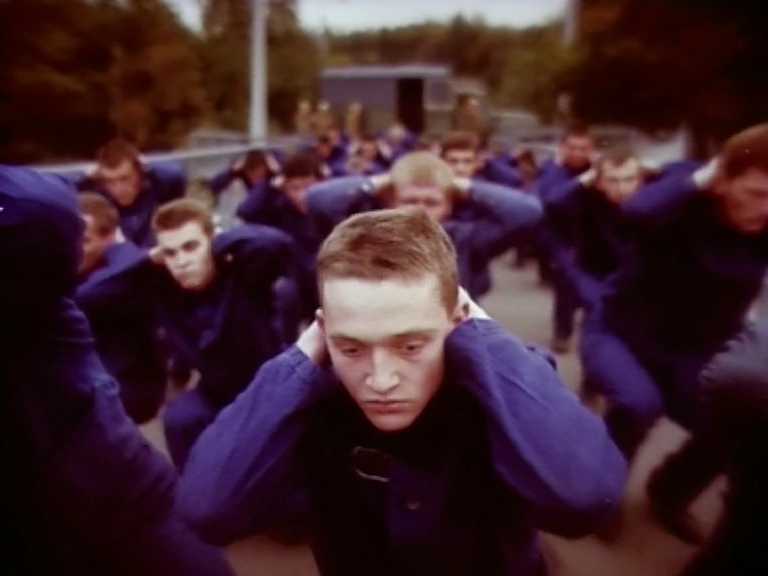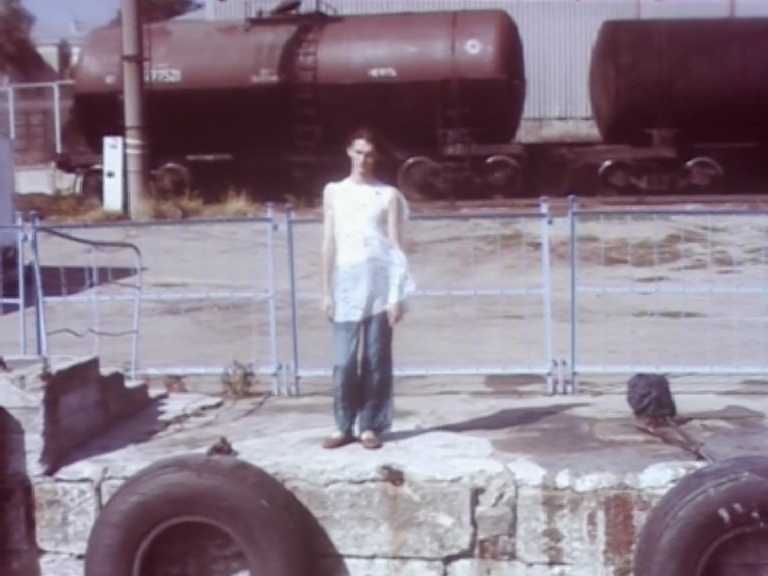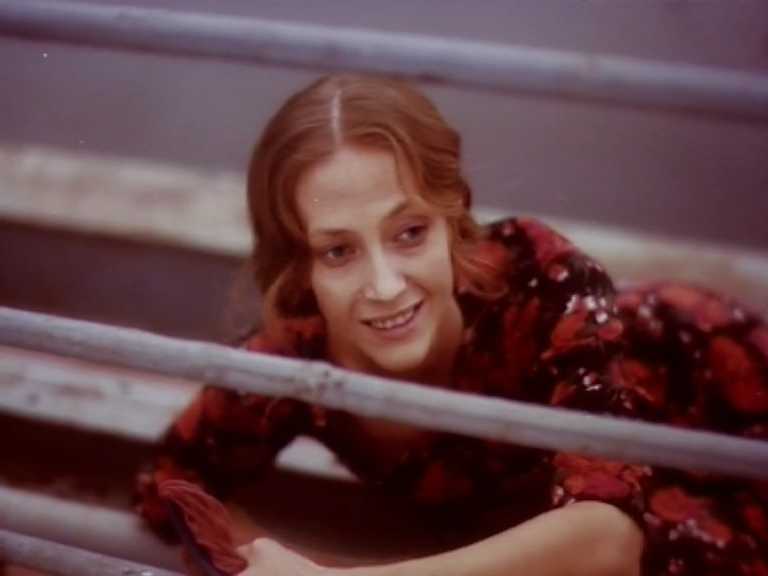
Shamara
1994
Ukraine
Oleksandr Dovzhenko Film Studio, Talisman
105 min
Nataliia Andrieichenko
Volodymyr Bass
Iryna Tsymbal, Denіs Karasov, Anzhelika Nevolina, Serhii Ulashov, Tamara Plashenko, Tetiana Yurash
The girl, Zina, nicknamed Shamara, is in quarantine during a cholera outbreak. She daydreams about her love, a prisoner from the chemical plant named Ustyn. In the past, Ustyn and his gang raped Shamara in the snow, and to avoid severe punishment, he married her. Shamara still considers Ustyn her husband, but he calls her a “witch” and tries to escape the city with another woman, her neighbor.
Although the film’s plot is set in the 1970s, the degree of courage in addressing taboos unmistakably makes it a film of the 90s. The film offers several important reflections on the fragile perception of the restoration of Ukrainian independence, such as the choreography of tanks at the beginning of the film or the suffocating isolation of the prison’s quarantine and hospitals as disciplinary spaces. This fashion of depicting these images in Ukrainian post-Soviet cinema was initiated by Yurii Illienko (Swan Song, The Zone, 1990) and Andrii Donchyk (Oxygen Starvation, 1991).
Shamara represents a new type of female character in Ukrainian cinema, much like “Little Vera ” was in the Soviet era. Zina’s brusque behavior repels the residents of the port town (the film was shot in Mykolaiv). She can only find common ground with children, convicts, and the non-conforming bisexual Liera. While Shamara’s neighbors label her as a slut, Zina is merely an example of a girl who cherishes freedom, loves beautiful dresses, and prefers the romantic torments of love over societal accepted behavior.
In 1995, Iryna Tsymbal won the Yves Montand Prize for Best Actor at the Molodist Film Festival. In 1996, Natalia Andreiechenko received the Dovzhenko State Award of Ukraine for the film.
